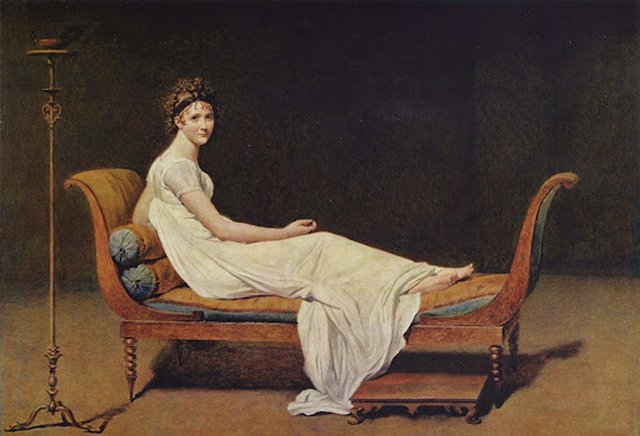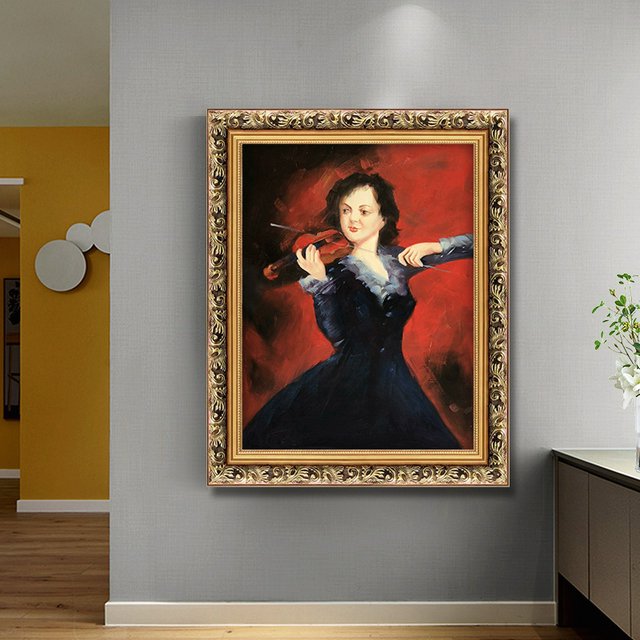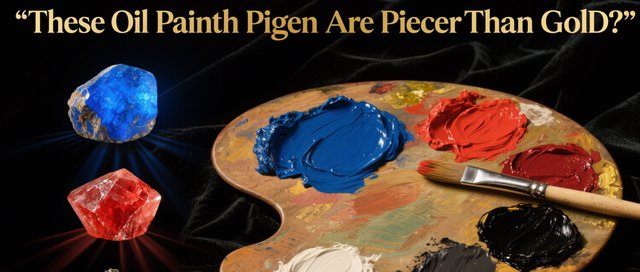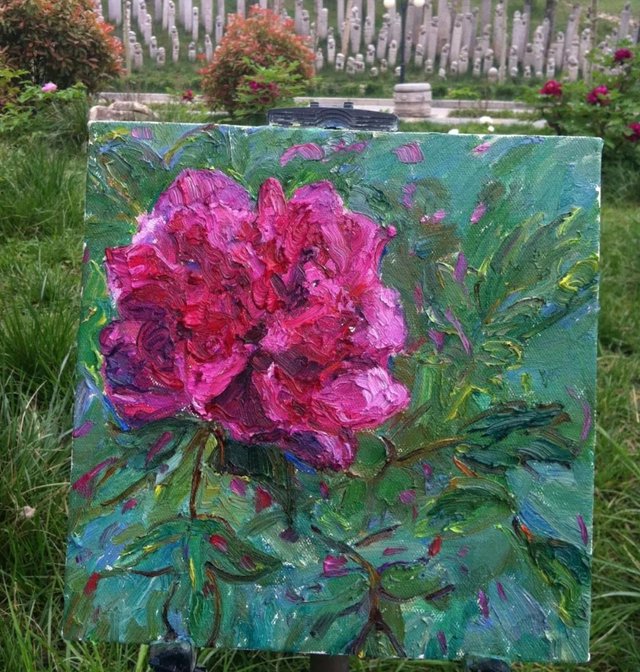25+ Oil Painting Techniques & Movements—From Impasto to Surrealism (You Need to Know These)
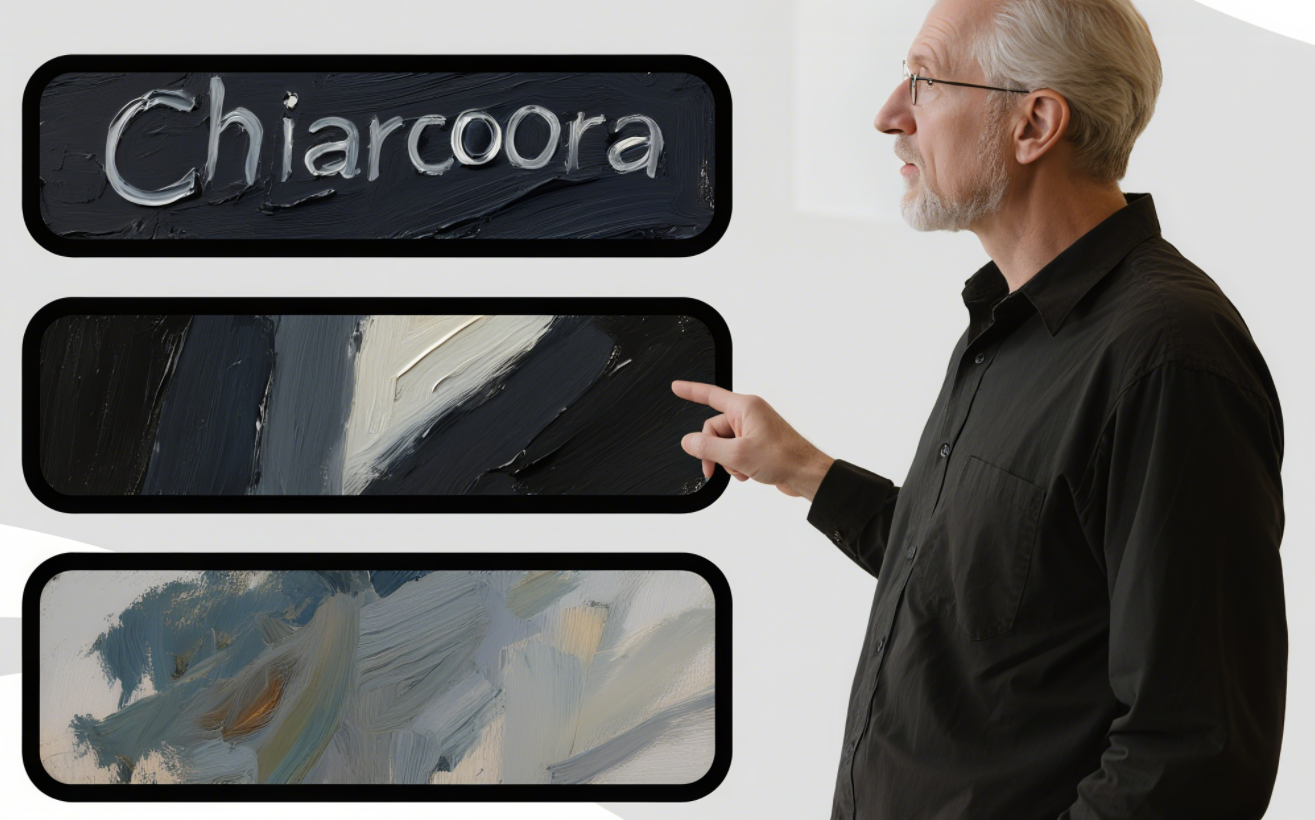
Oil painting isn’t just about mixing colors and brushing them on canvas. For centuries, Artists have developed unique techniques (ways to apply paint) and formed movements (groups with shared styles/ideas) that define art history. From thick, textured strokes to abstract visions, these approaches shape how we experience art. At theArtPaint, we’re breaking down the most important techniques and movements—so you can tell your impasto from your glazing, and your Impressionism from your Surrealism.
Part 1: Key Oil Painting Techniques (How Artists Apply Paint)
Techniques are the “tools” artists use to build their work. Here are the most influential:
1. Impasto
Impasto means “thick” in Italian—and that’s exactly it: applying paint so thickly that brushstrokes or palette knife marks stand out from the canvas. Van Gogh loved this; his Starry Night uses impasto to make the sky feel swirling and alive. It adds texture and depth, turning a flat canvas into something you almost want to touch.
2. Glazing
Glazing is the opposite of impasto: thin, transparent layers of paint applied over dry layers. Artists use it to build rich, deep colors—like the velvety reds in Rembrandt’s portraits. Each layer (called a “glaze”) lets light pass through, creating a luminous effect. It takes patience: you must wait for each layer to dry before adding the next.
3. Alla Prima
Alla Prima (Italian for “at first attempt”) is painting in one session, while the paint is still wet. It’s fast and loose—think of a quick portrait where the artist captures a moment before it fades. John Singer Sargent used this for his lively society portraits. It’s great for capturing emotion but risky: mistakes are hard to fix.
4. Chiaroscuro
Chiaroscuro (light-dark) uses strong contrasts between bright highlights and deep shadows to create drama. Caravaggio mastered this; his The Calling of St. Matthew makes figures pop from dark backgrounds, like actors on a stage. It’s all about guiding the eye to what matters most.
5. Scumbling
Scumbling is dabbing or dragging dry, thick paint over a dry layer to create a hazy, soft effect. It’s like adding a “veil” of color—think of mist in a landscape or the fuzzy fur on a animal. Claude Monet used it in his Water Lilies to make water look shimmering and unclear.
Part 2: Iconic Oil Painting Movements (Shared Styles & Ideas)
Movements are groups of artists (often in the same time/place) who rebel against old styles and create new ones. Here are the game-changers:
1. Renaissance (14th–17th Century)
The Renaissance (“rebirth”) focused on realism, perspective, and human emotion. Artists like Leonardo da Vinci and Raphael studied anatomy and math to make figures look 3D. Oil painting became key here—glazing techniques let them create lifelike skin tones, as in da Vinci’s Mona Lisa.
2. Baroque (17th Century)
Baroque art is dramatic: bold colors, dynamic poses, and chiaroscuro. Artists like Caravaggio and Rembrandt used oil to tell stories of passion and power. Rembrandt’s The Night Watch uses thick impasto for the militia’s uniforms, making them feel urgent and alive.
3. Impressionism (1860s–1890s)
Impressionists rejected “perfect” studio paintings. They painted outdoors, capturing light and color in quick, loose brushstrokes—think Monet’s Impression, Sunrise (the painting that named the movement). Oils let them mix colors on the canvas, creating vibrant, messy scenes of everyday life (parks, cafes, sunsets).
4. Post-Impressionism (1880s–1900s)
Post-Impressionists built on Impressionism but added structure and emotion. Van Gogh’s bold, swirling lines (Starry Night) and Paul Cézanne’s geometric shapes (The Card Players) are examples. They used oil’s versatility to blend feeling with form.
5. Cubism (1907–1920s)
Pablo Picasso and Georges Braque invented Cubism, breaking objects into geometric shapes and showing them from multiple angles at once. Picasso’s Les Demoiselles d’Avignon uses oil to flatten figures into blocks of color, challenging what “realism” even means. It’s abstract but rooted in real objects.
6. Surrealism (1920s–1950s)
Surrealists painted dreams and the unconscious mind—think melting clocks (Salvador Dalí’s The Persistence of Memory) or floating objects. Oils let them create hyper-real details in bizarre scenes, making the impossible feel almost real. Dalí used glazing to make his landscapes look both familiar and alien.
How to Spot Techniques & Movements in Art
Want to sound like an expert? Look for these clues:
Impasto: Can you see brushstrokes? If they’re thick and bumpy, it’s impasto.
Impressionism: Bright, mixed colors with quick strokes? Probably an Impressionist work.
Cubism: Geometric shapes and broken objects? Cubism, no doubt.
Glazing: Deep, luminous colors (like rich blues or reds)? Likely layered with glazes.
Pro tip: Study the date. Movements follow trends—Impressionism isn’t from the 1600s, and Cubism didn’t exist in the Renaissance.
Table: Top Techniques & Movements at a Glance
| Type | Name | Key Traits | Famous Artist | Iconic Work |
|---|---|---|---|---|
| Technique | Impasto | Thick, textured brushstrokes | Vincent van Gogh | Starry Night |
| Technique | Glazing | Thin, transparent layers for depth | Rembrandt | Self-Portrait (1660) |
| Movement | Impressionism | Quick strokes, outdoor light | Claude Monet | Water Lilies |
| Movement | Cubism | Geometric shapes, multiple angles | Pablo Picasso | Les Demoiselles d’Avignon |
| Movement | Surrealism | Dreamlike, unconscious themes | Salvador Dalí | The Persistence of Memory |
Oil painting’s magic lies in its diversity—from the controlled layers of a Renaissance portrait to the wild strokes of a Surrealist dream. Whether you’re a collector, artist, or just an admirer, knowing these techniques and movements helps you see why a painting moves you.
Ready to dive deeper? Explore our guides to mastering impasto at home or identifying hidden Cubist influences in modern art.
theArtPaint.com—where every technique tells a story.

